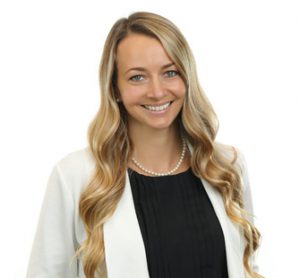Architectural and engineering firms engaged in contracts that call for billing based upon an overhead rate are challenged to find balance between an optimal and competitive overhead rate.
Since the overhead rate has a direct effect on the consultant’s profit margin, an ample overhead rate is essential. In order to ensure your firm is calculating an optimal overhead rate, there are several areas to consider.
Your FAR Overhead Rate Calculation
Being well-versed in Federal Acquisition Regulation 48 CFR, Chapter 1, Part 31 is necessary. There are many caveats to bear in mind when preparing the overhead rate calculation and being unaware of allowability rules can lead to overstating disallowances. Items such as employee bonuses, bank fees, and business taxes are often excluded from the overhead rate calculation, when in actuality, a portion of those expenses may be allowable.
Accounting software often presents limitations, such as a single expense account for all payroll expenses. It is important to disaggregate indirect labor from direct labor in calculating a firm’s overhead rate, and to make sure all overhead labor is being included in indirect expenses. It is also imperative to use the National Compensation Matrix, which is published by the American Association of State Highway and Transportation Officials annually, to correctly determine the disallowable portion of executive compensation.
Firms should also consider negotiating contracts to provide for the Facilities Capital Cost of Money (FCCM). FCCM is an imputed cost related to the cost of contractor capital committed to facilities. CAS 414, Cost of Money as an Element of the Cost of Facilities Capital, provides detailed guidance on calculating the amount of facilities capital cost of money due under a specific contract. In summary, the average net book value of the firm’s property and equipment is multiplied by the average Prompt Payment Act interest rate, which is then divided by the direct labor base to arrive at the FCCM.
An often overlooked step in preparing the firm’s overhead rate is updating the overhead calculation for new expense items. The far left column of your firm’s overhead rate calculation, General Ledger Account Balance, should always agree to the financial statements or trial balance in total, regardless of the expenses that are disallowed.
Training staff to properly record expenses is critical. If expense descriptions are inaccurate, it could lead to allowable expenses being disallowed due to the ambiguity of the description. For example, many meal expenses are allowable, but if the expense description does not explain the purpose of the meal expense and break out disallowed items, such as alcohol, frequently the entire expense will be disallowed.
It is important to ensure that all expenses are being shown gross. For example, sometimes, an expense grouping will be net with reimbursables or other income. Doing this decreases indirect expenses which lowers the overhead rate.
While it is necessary to have a competitive overhead rate to ensure the firm’s continuity, it is also vital to cover actual expenses and not cheat yourself by maintaining a lower overhead rate.
Contact Us
For questions on how to optimize your firm’s overhead rate, contact a member of Withum’s Architecture and Engineering Services Team.





